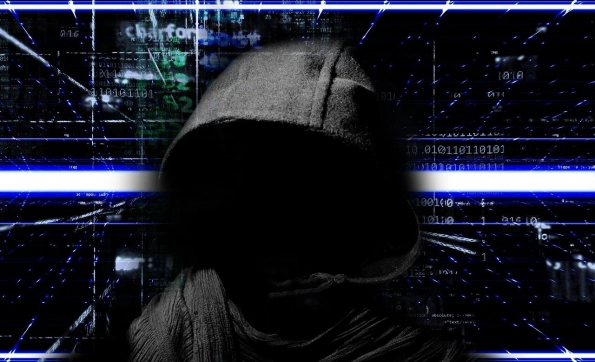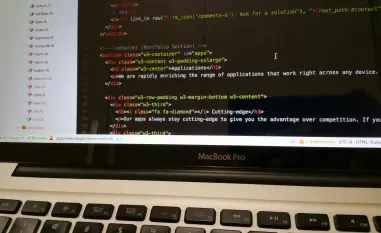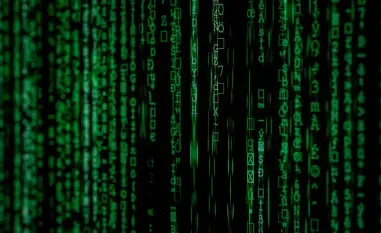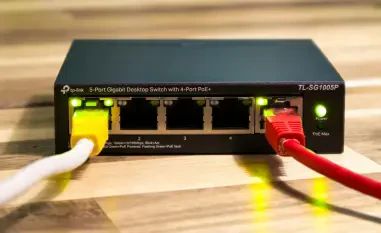Ensuring the safety and integrity of Docker environments has become more critical than ever as cybercriminals increasingly exploit vulnerabilities in Docker Remote API servers. This article delves into the sophisticated methods used by attackers and proposes advanced measures for safeguarding these containerized setups. With the rise of containerization in modern IT infrastructures, the focus on Docker security is essential for protecting both organizational data and operational efficiency.
Recognizing the Threat Landscape
The Rise of Docker Remote API Exploits
In recent times, attackers have turned their focus towards exposed Docker Remote API servers, employing refined strategies to infiltrate and exploit these environments. A primary tactic involves preliminary reconnaissance using ping requests to locate susceptible servers. This initial step of reconnaissance sets the stage for a series of orchestrated attacks aimed at gaining control over the host system. By targeting exposed API endpoints, attackers can efficiently penetrate systems without triggering significant alarms.
Once a vulnerable target is identified, the attackers proceed to create a Docker container in privileged mode. This configuration reveals the host’s processes to the attackers, allowing for deeper system penetration and control. For instance, a commonly used image named “ubuntu:mantic-20240405” has been noted for setting up such privileged containers. This specific configuration allows the attackers to bypass container isolation features, providing unfettered access to the host’s resources. The pivotal role of the Docker Exec API becomes apparent here, as it is employed to execute a Base64 encoded payload within the container.
Escalation and Persistence Mechanisms
Following the successful creation of a privileged container, attackers leverage the Docker Exec API to run a Base64 encoded payload. This payload uses the “nsenter” command to escape the container environment, thereby gaining elevated privileges to the host system. The nsenter command is particularly dangerous as it can manipulate namespaces, breaking through container boundaries to access the host’s filesystem and processes. Once elevated privileges are obtained, the malicious script then performs a series of actions to embed itself firmly within the system, making it difficult for defenders to detect and eliminate the threat.
The script’s deployment involves multiple sophisticated techniques: process management to check for duplicates and avoid detection from security monitoring tools. It also creates a bash script named “kubeupd” in the “/tmp” directory, which is then used to establish persistent access and obscure the attackers’ presence. Furthermore, it downloads a malicious binary disguised as a PHP extension, modifying system settings and extensively reading system resources. These deceptive techniques are designed to evade detection by security software, making the attacker’s presence long-lasting and resilient to system reboots.
Assessing the Impact
Real-World Incident: Cryptocurrency Mining
A notable case involves an unidentified threat actor who exploited Docker API vulnerabilities to deploy a cryptocurrency miner. This incident highlights the attackers’ capability to manipulate privileged container settings and sophisticated payloads, thereby utilizing the host’s computational resources while avoiding detection through various obfuscation techniques. The use of privileged mode within the container allowed the attacker to divert substantial CPU power towards mining cryptocurrency, effectively monetizing their illicit access to the system.
This real-world example underscores the broader implications of Docker Remote API exploits. Beyond the immediate theft of computational resources, such attacks can lead to operational disruptions, data breaches, and significant financial losses. The attackers’ use of Tor for traffic rerouting adds another layer of complexity, making it considerably harder to detect and attribute these malicious activities. This sophistication in attack strategies highlights the urgent need for robust security measures and continuous monitoring to protect Docker environments.
Broader Implications for Organizations
The consequences of such cyberattacks extend far beyond resource theft. These include compromised data integrity, disrupted operations, and potential financial losses. Cyber attackers can deploy a range of malicious tools and scripts to establish prolonged control over systems, systematically harvesting sensitive data and affecting business continuity. Persistent threats mean that organizations face increased costs in terms of incident response, data recovery, and system hardening activities. The use of advanced obfuscation and persistence techniques causes not only immediate damage but also creates long-lasting vulnerabilities that might be exploited further.
The use of Tor for traffic rerouting adds another layer of complexity, making it considerably harder to detect and attribute these malicious activities, emphasizing the need for robust security measures. Attackers leveraging Tor anonymize their malicious traffic, effectively hiding their command and control servers’ locations. This hinders traditional forensic investigations, complicates incident response, and increases the difficulty in both tracing the attack’s origin and mitigating its effects. This threat level necessitates an advanced and multi-layered security posture for organizations utilizing Docker environments.
Implementing Preventive Measures
Enforcing Secure Access Controls
Securing Docker Remote API servers starts with implementing strong authentication mechanisms. Organizations must enforce strict access controls to ensure only authorized personnel can interface with these critical systems. Public exposure should be avoided unless comprehensive safeguards are in place to mitigate risks. This involves using multi-factor authentication (MFA) and limiting API access through secure VPNs or intranet configurations to prevent unauthorized access.
Restricting access to these APIs strictly to authorized personnel is crucial. Public exposure should be avoided unless comprehensive safeguards are in place to mitigate risks. Strong access controls combined with regular audits can significantly reduce the risk of unauthorized access. Regular auditing and access reviews ensure that access remains limited to those who require it, effectively minimizing potential attack vectors. Such measures ensure a strong security foundation and protect against the initial reconnaissance attempts by potential attackers.
Regular Monitoring Practices
Continuous monitoring of Docker environments is essential for identifying and responding to any unusual activities or unauthorized access attempts. Implementing robust intrusion detection systems (IDS) can play a pivotal role in this regard, offering insights into potential threats and facilitating prompt responses. These systems can alert security teams to anomalies such as unexpected container instantiations or unauthorized API calls, enabling quick action to mitigate emerging threats.
Intrusion detection systems can play a pivotal role in this regard, offering insights into potential threats and facilitating prompt responses. Regular log reviews and audits are crucial for maintaining an up-to-date security posture. Automated monitoring tools can assist in detecting signs of compromise early, allowing for quicker mitigation efforts. Combining automated monitoring with manual reviews ensures comprehensive oversight of all activities within the Docker environment, enabling swift detection and response to threats.
Adhering to Container Security Best Practices
Avoiding the use of privileged mode for containers is a fundamental best practice. Running containers with minimal privileges reduces the attack surface and constrains attackers’ capabilities. Rigorous vetting of container images and configurations before deployment helps minimize vulnerabilities. Utilizing reputable sources for container images and ensuring proper security measures are in place during container creation can prevent the deployment of malicious software inadvertently.
Adopting the principle of least privilege ensures that each container operates with the minimum necessary permissions, reducing the attack surface. Implementing namespace isolation and resource limits further safeguards against potential exploits. By restricting containers’ access to host resources, organizations can prevent escalation and limit the damage that attackers can inflict. Regularly updating and patching container software aligns with best practices, offering enhanced protection against known vulnerabilities.
Staying Updated and Educated
Keeping Software and Policies Updated
Regularly updating Docker and related software with the latest security patches protects against known vulnerabilities. A proactive approach to software updates is essential for mitigating risks associated with newly discovered exploits. Organizations should also review and update their security policies continually to keep pace with the evolving threat landscape. This includes monitoring security advisories and ensuring timely application of patches to both the Docker daemon and underlying operating systems.
Organizations should also review and update their security policies continually to keep pace with the evolving threat landscape. Employing automated patch management systems can facilitate timely updates, reducing the window of opportunity for attackers to exploit vulnerabilities. Additionally, organizations must document and enforce security policies, ensuring that all team members adhere to them strictly. Constant vigilance in maintaining up-to-date systems and policies is crucial for defending against sophisticated cyber threats.
Training and Awareness for Staff
Containerization has revolutionized how applications are developed, deployed, and managed, making Docker an essential tool for numerous organizations. However, this widespread adoption also makes Docker a tempting target for cybercriminals. Vulnerabilities in Docker’s Remote API servers provide entry points for attackers, enabling unauthorized access and potential data breaches.
To mitigate these risks, organizations should implement stringent security practices, such as limiting API access, regularly updating Docker images, and employing network segmentation. Ensuring strong authentication and monitoring for unusual activity are also vital steps. By adopting these advanced security measures, businesses can better defend against cyber threats and maintain the integrity of their Docker environments.













